Budapest Inner-City Mother Church of Our Lady of the Assumption
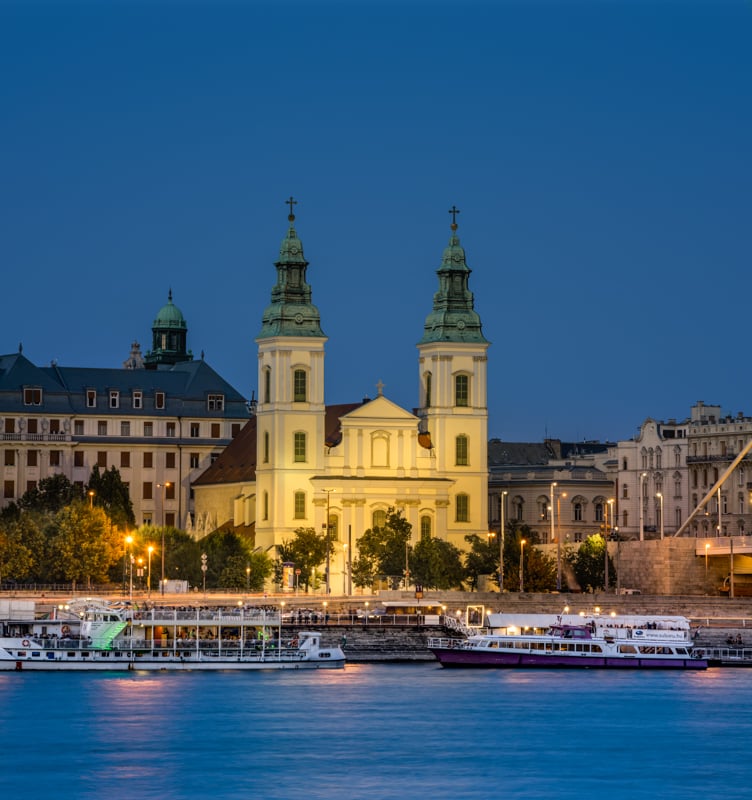
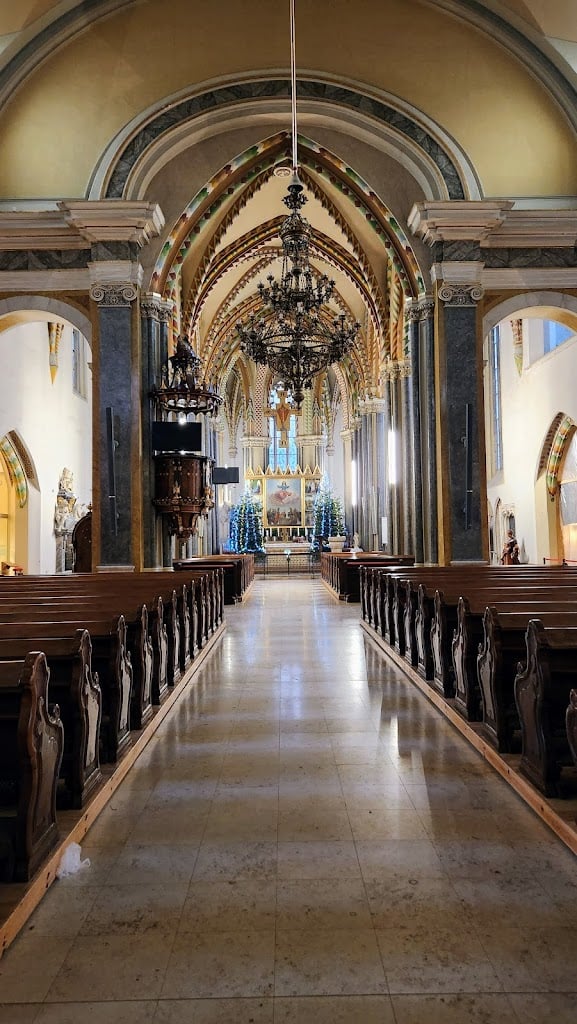
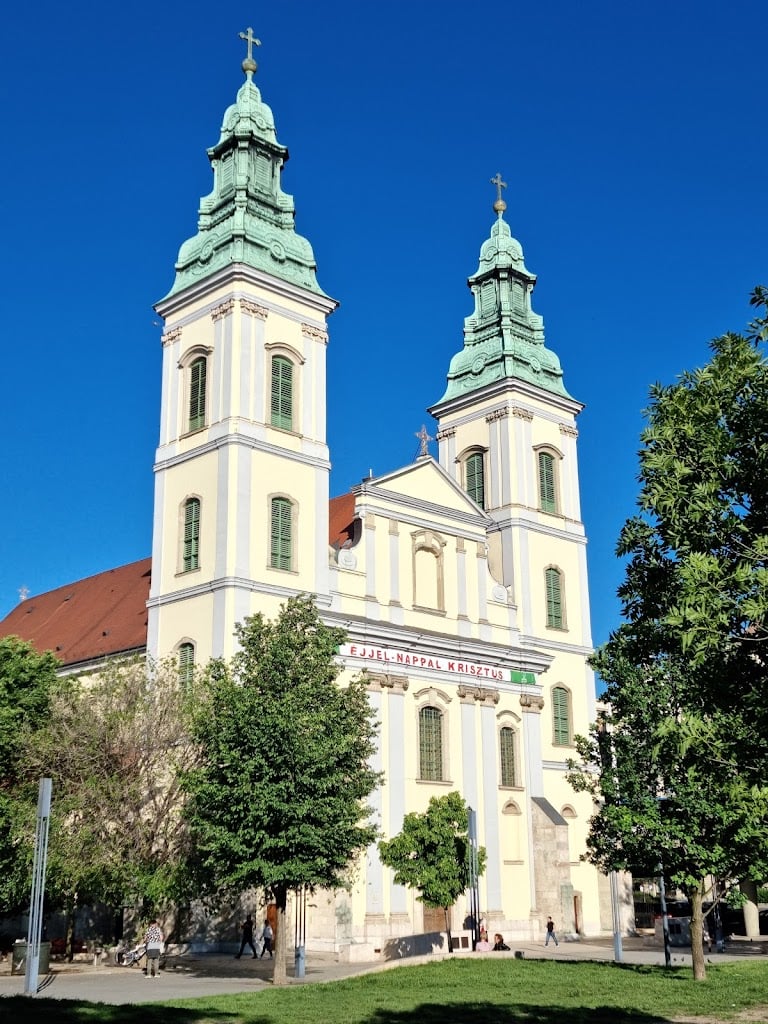
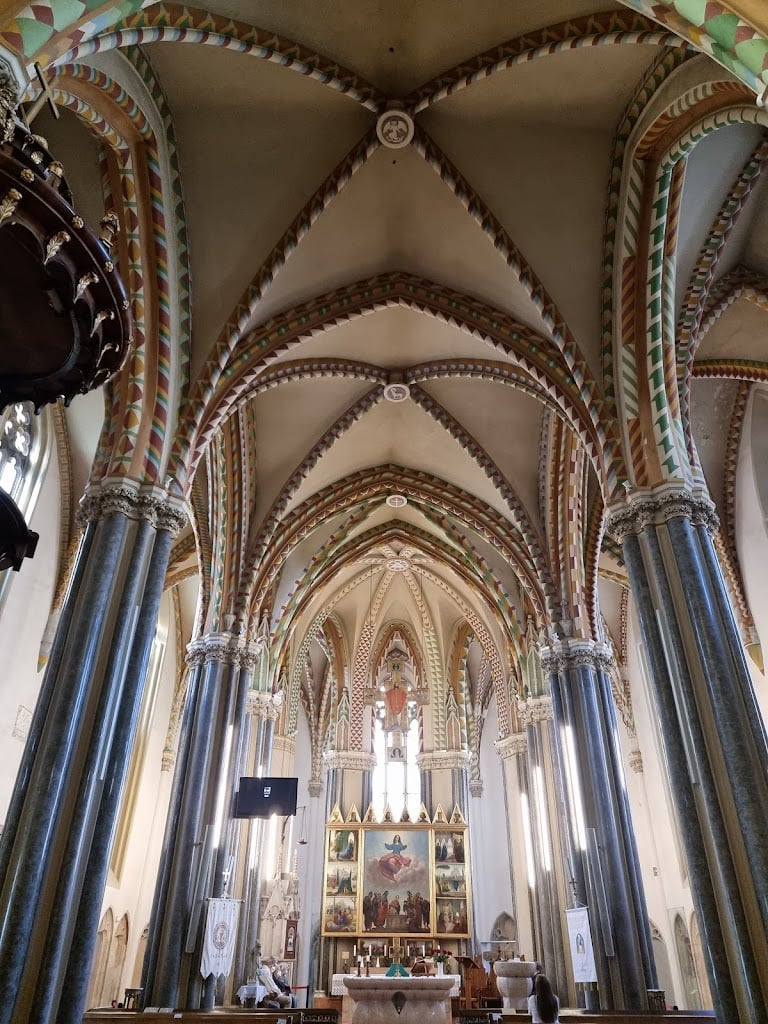
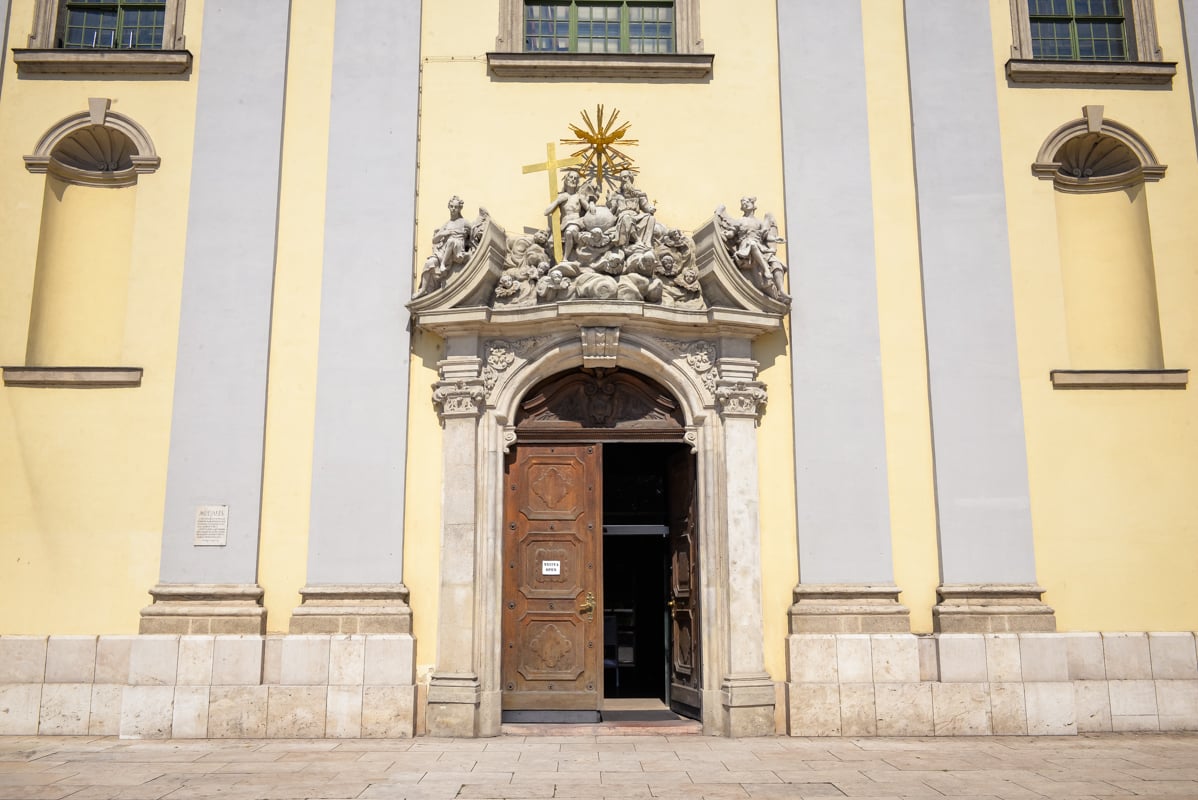
Ask ThatchGPT
Suggest a local expert to plan my trip
Suggest an unique itinerary for my Budapest trip
What foods do Budapest locals eat
What are some true hidden gems in Budapest
Help me brainstorm trip ideas for Budapest
Help me plan a family-friendly trip to Budapest
What people say
Pedro Pereira
Available for hire
"The church traces its origins to the Romanesque period, with its earliest features dating back to this era. In 1046, it became the final resting place of St. Gellért, the Bishop of Csanád. Over the centuries, the church underwent numerous transformations, reflecting the evolving architectural styles and historical events shaping Budapest's rich heritage.
In the 14th century, King Sigismund of Hungary began its reconstruction in the Gothic style, a period during which King Matthias expanded the structure with two lateral aisles. During the Turkish occupation, the church was converted into a mosque, and a mihrab from that time remains embedded in the southeastern wall of the sanctuary as a reminder of this chapter in its history.
Following a fire in 1723, the church was restored in Baroque style under the supervision of János György Pauer. Over the years, it became a resting place for notable figures, such as István Kultsár, a prominent Enlightenment-era theater promoter entombed in its vault in 1828. Subsequent renovations sought to preserve its historical essence while uncovering long-hidden elements, including Gothic windows and twin buttresses revealed in the 20th century.
Renovations spanned centuries, from János Hild's work in the early 19th century to efforts by Imre Steindl in 1889 and László Gerő post-1945. The interior murals were carefully restored in the 1970s, and significant discoveries, such as a 14th-century Anjou-era throne of the Virgin Mary, were made during later restorations. The facade was finally rejuvenated in 2011, complementing the refurbishment of the park in front of the church.
Between 2014 and 2016, archaeological excavations unveiled previously unknown structures, enriching the church's historical narrative. Despite facing threats of demolition during the Communist era when the Elisabeth Bridge was being rebuilt, the church was preserved through strategic negotiations, showcasing the determination to protect this architectural and cultural treasure."
Read more in:
Mentioned in these guides
About Budapest Inner-City Mother Church of Our Lady of the Assumption
Get the inside scoop on Budapest Inner-City Mother Church of Our Lady of the Assumption from local experts, travel creators, and tastemakers. Browse genuine trip notes, Budapest Inner-City Mother Church of Our Lady of the Assumption reviews, photos, travel guides, and itineraries from real travelers and plan your trip with confidence.
Phone
Save this spot for later or start mapping out a new trip today
Try our AI Travel Assistant and get instant answers to any questions about your trip.
Ask ThatchGPT

